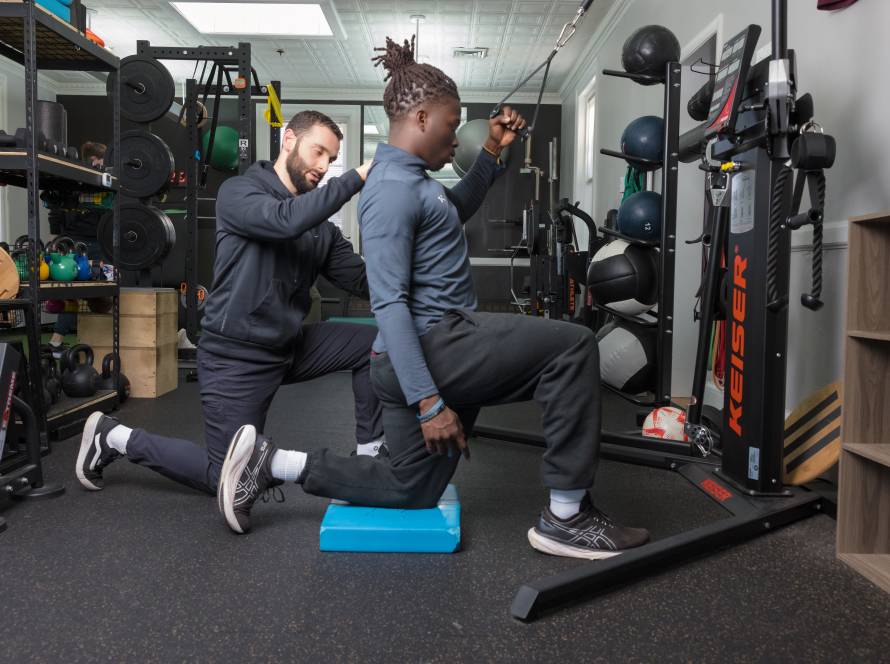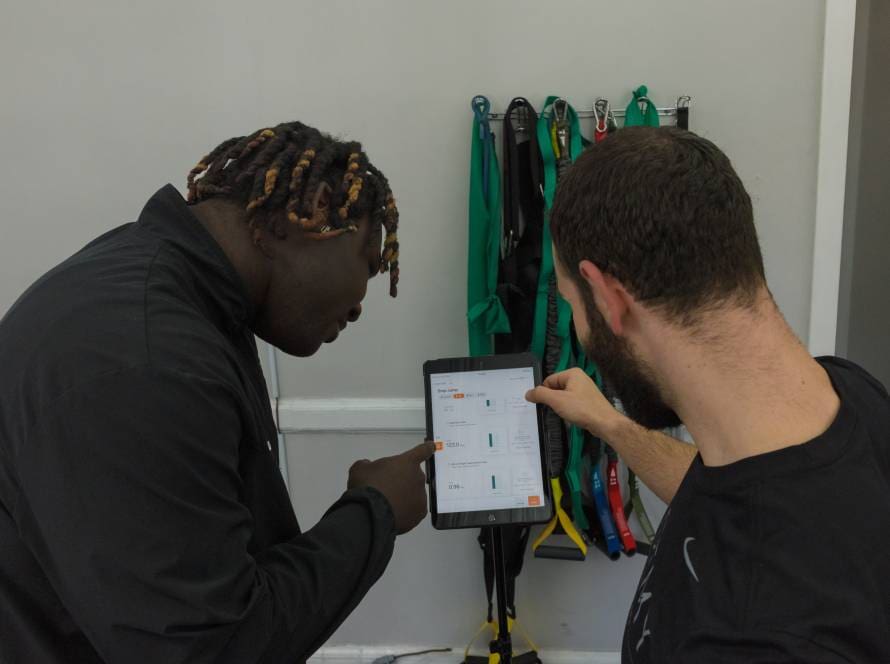Nowadays, most PTs and strength coaches understand the importance of implementing plyos in rehab and training.
It’s my experience that many of us shoot from the hip when programing plyos without much specificity or direction. Developing a hierarchy for organizing, prescribing and assessing plyometrics has made the road to systematically delivering the right stimulus to our clients much clearer.
Here it is…
Plyometric Categorization Model:
Movement skills are dynamic and task specific. These skills can be observed clearly during any running-based field or court sport.
Movement Skills:
Acceleration

Max Velocity

Change of direction (non-reactive, “offensive, postures/positions/capacities)

Agility (reactive “defensive”)

So….which plyometrics set you up best for developing each movement skill?
Like a chef combining ingredients to create a delicious meal. PTs and performance coaches blend different qualities (ingredients) to create drills aimed at developing specific movement skills (meal).
Qualities:
- Direction of force
- Vertical
- Horizontal
- Sagittal
- Frontal
- Transverse
- Phase of Gait Cycle
- Initial Contact
- Midstance
- Terminal Stance
- Impulse
- Propulsion
- Braking
- Transition (amortization)
- Stiffness (elasticity)
“Begin with the end in mind” -Steven Covey
Example: To best prepare for the demands of acceleration we’d emphasize certain components of impulse control, phase of gait and direction of force, see below.
Direction of Force | Phase of Gait | Impulse | |
Acceleration | Horizontal | All | Propulsion |
| Sagittal |
| Transition |
|
|
| Stiffness |
Max Velocity | Vertical | All | Transition |
| Sagittal |
| Stiffness |
Change of Direction | Task specific | Initial Contact | Braking |
|
| Midstance | Transition |
Agility | All | All | All |
Is pain or injury limiting your abilty to train or compete? Want to be confident you have a well designed training structure and execution plan? We’re here to help!



